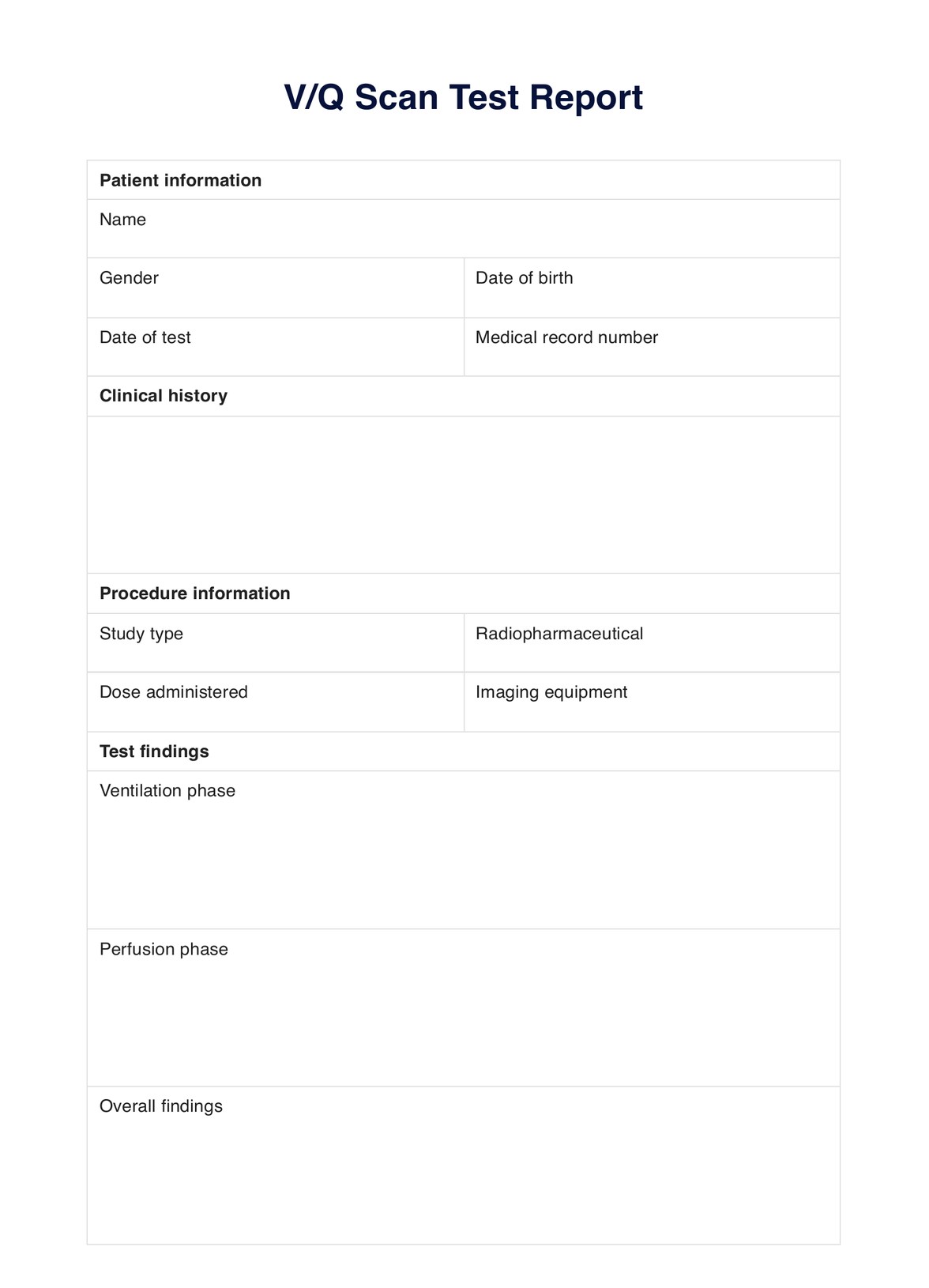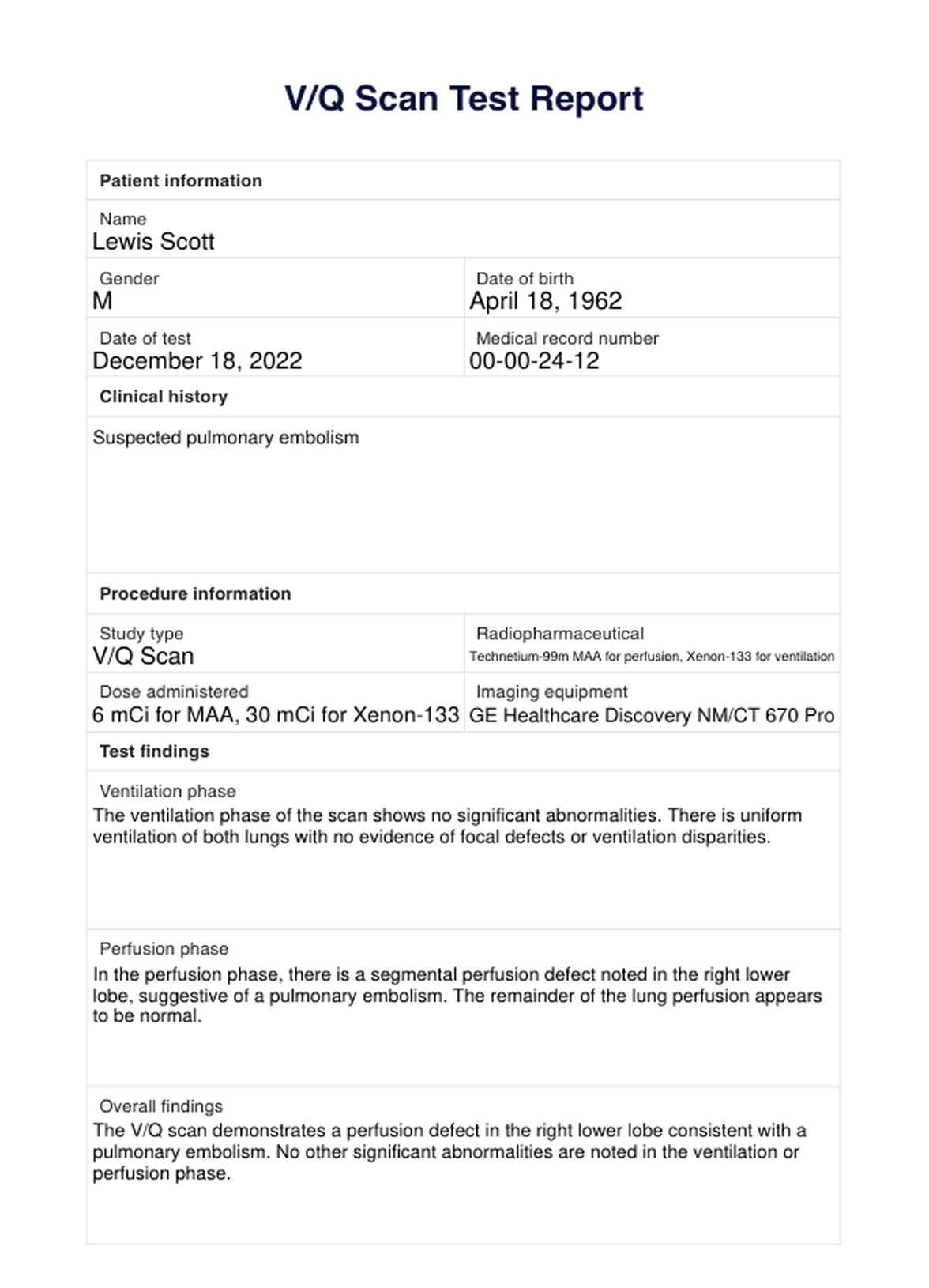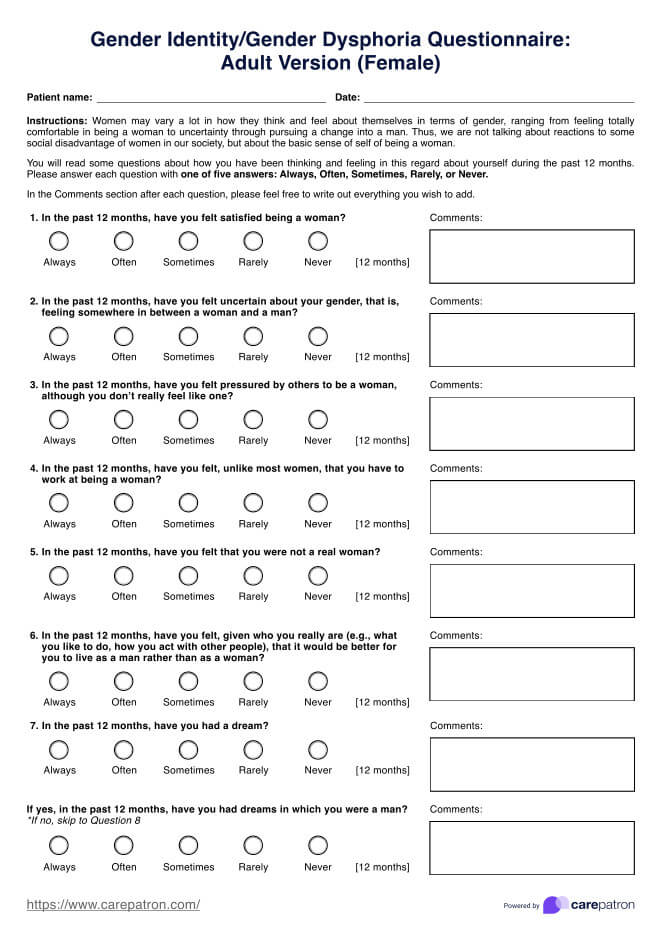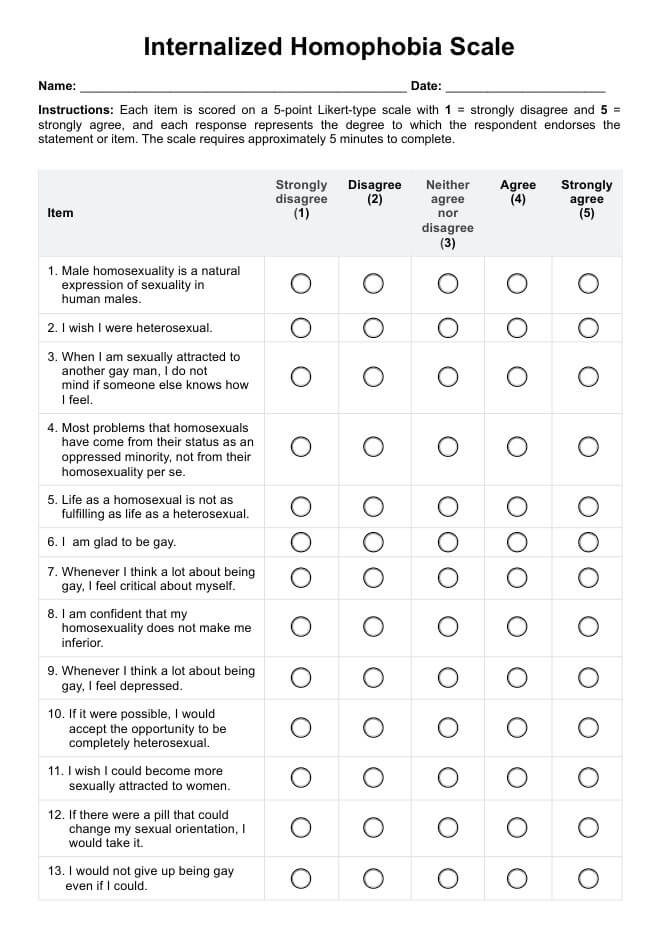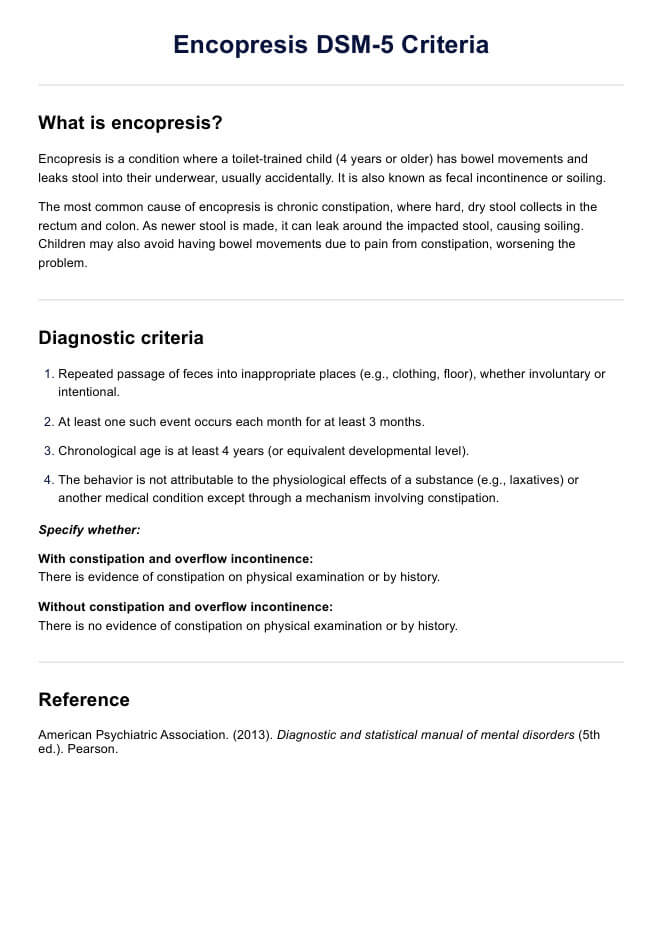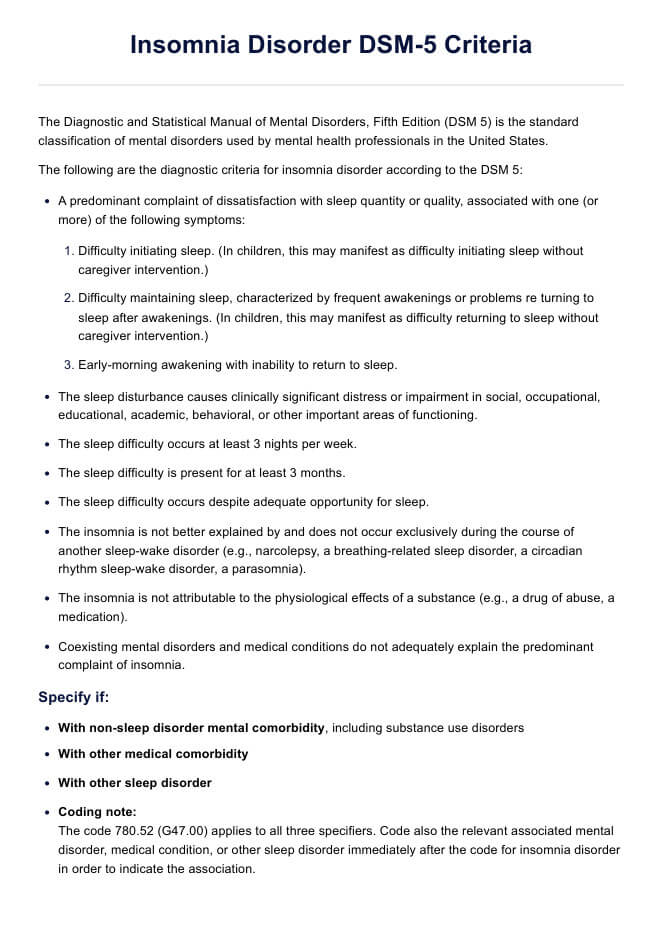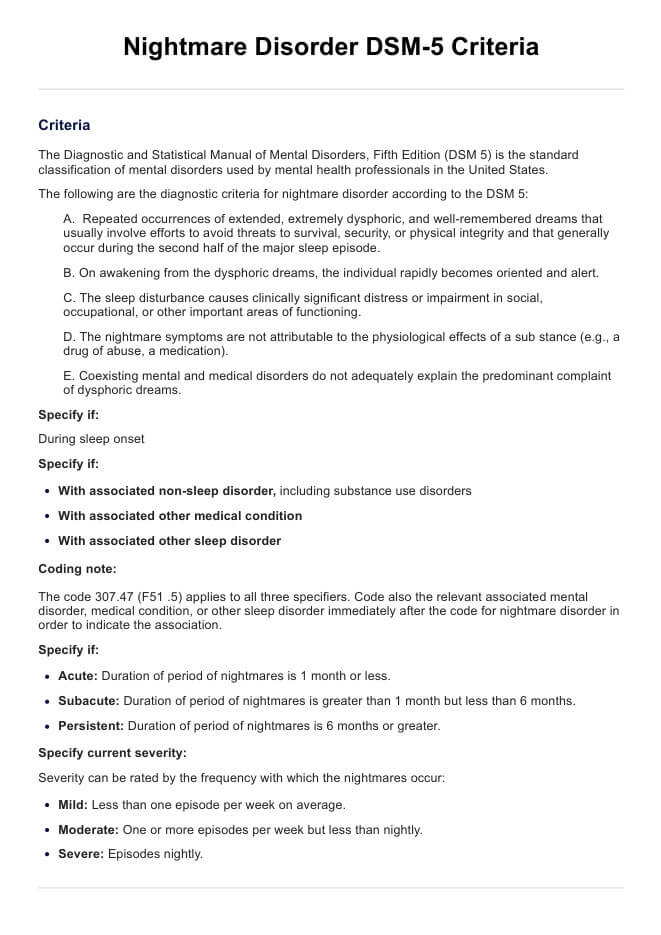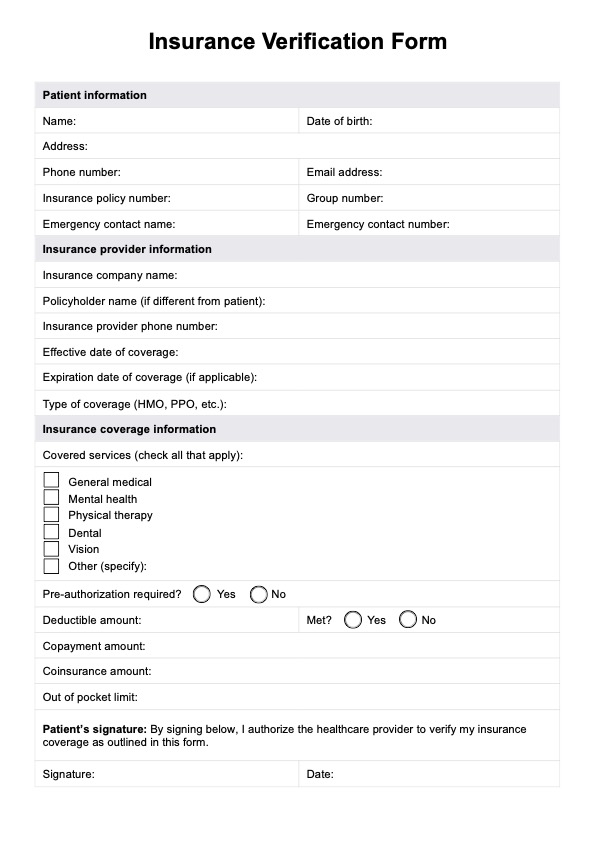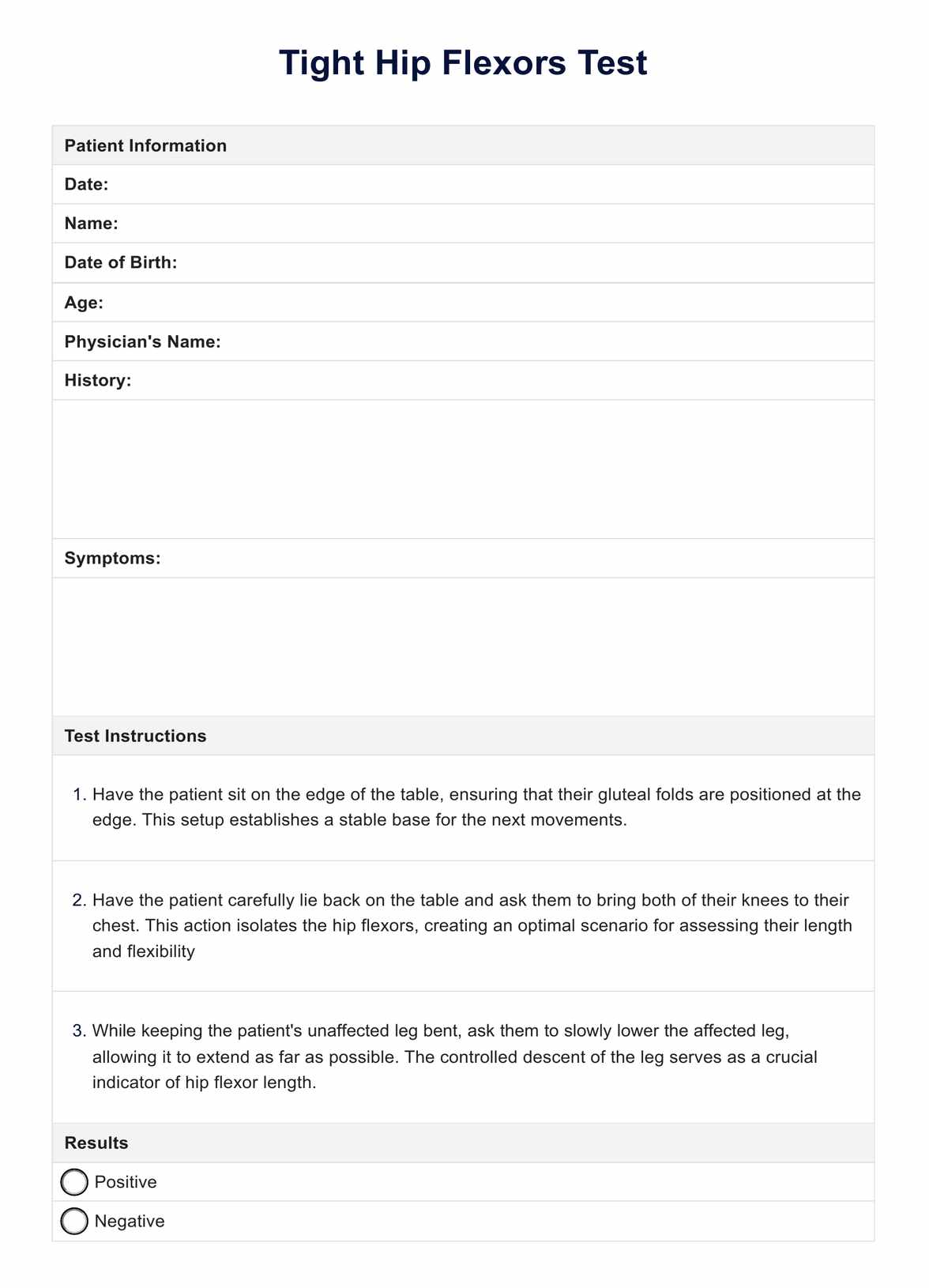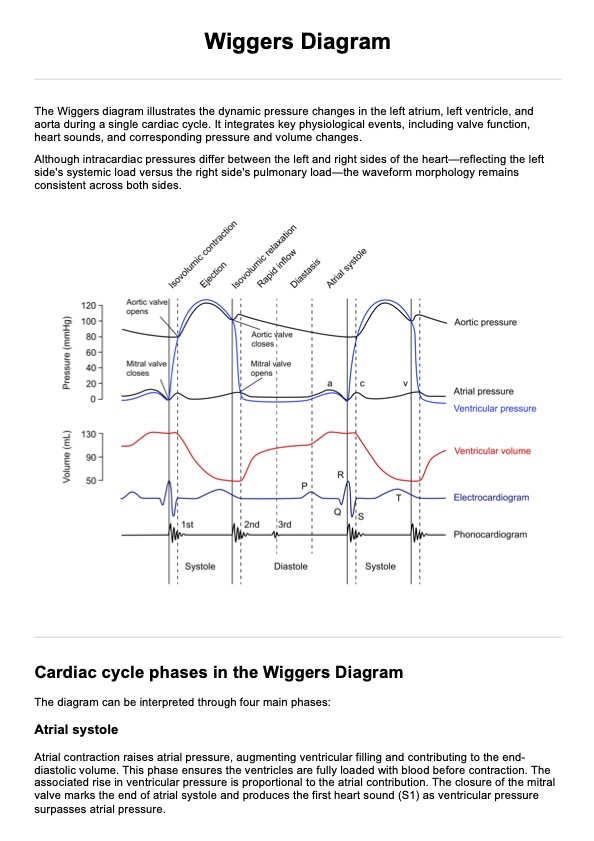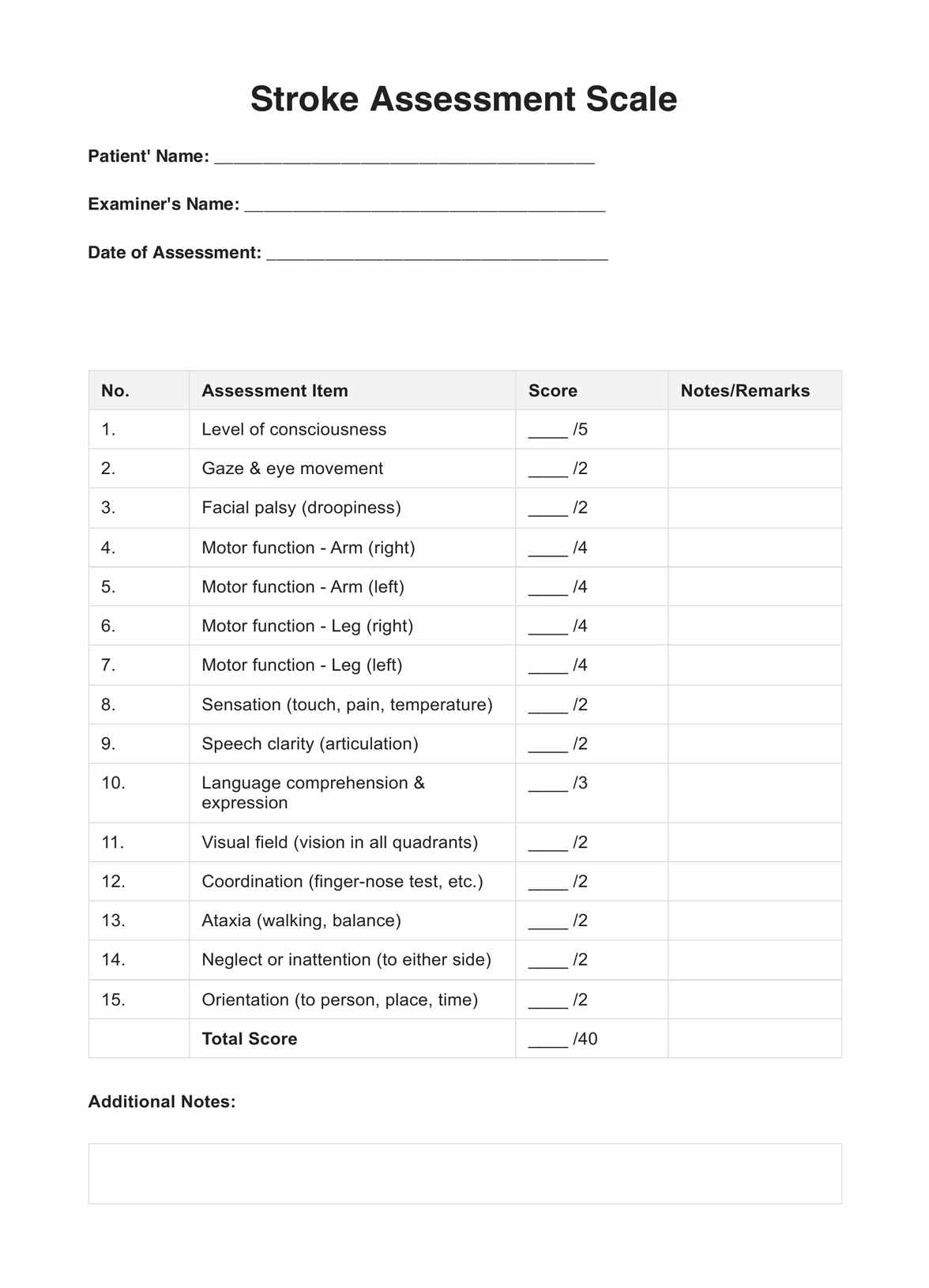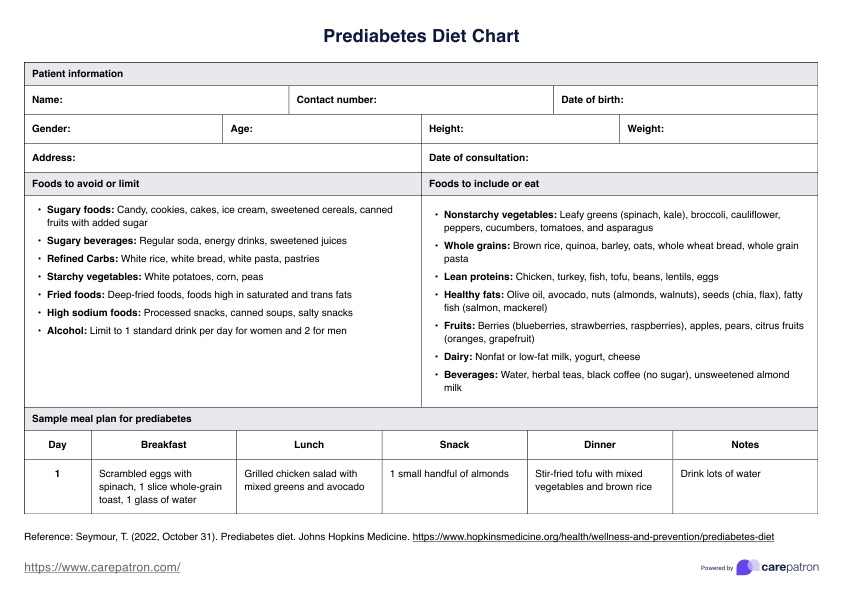V/Q Scan
Download a free V/Q Scan Test Report template for easy record-keeping. Get an example of a V/Q scan test report to understand the results and procedure.


What is a V/Q Scan Test?
A ventilation/perfusion scan, or V/Q Scan, is a diagnostic procedure used to evaluate blood flow and airflow in the lungs. This test is typically performed when there is suspicion of pulmonary embolism, a condition where a blood clot blocks one of the main arteries in the lung. It can also assess other lung conditions, such as chronic obstructive pulmonary disease (COPD) or pulmonary hypertension.
The test involves two parts: the ventilation scan and the perfusion scan. During the ventilation scan, a radioactive gas mixture is inhaled through a mask or mouthpiece while lying on a table under a camera. This allows for images to be taken of airflow through the lungs. In the perfusion scan, a small amount of radioactive material is injected into a vein, and images are taken to show blood flow through the lungs.
A V/Q scan is often performed when there are symptoms or risk factors for pulmonary embolism, such as sudden shortness of breath, chest pain, or a history of blood clots. It may also be done to evaluate lung function before surgery or to monitor the effectiveness of treatment for lung conditions.
To prepare for a V/Q scan, patients may be asked to avoid caffeine and certain medications beforehand. The procedure itself is non-invasive and typically takes about 30 minutes. Patients must lie still during the scans but otherwise should experience minimal discomfort.
After the V/Q scan is completed, a radiologist will record the results in a V/Q Scan Test Report. This report will include a detailed description of the findings and any abnormalities. If a pulmonary embolism is suspected, additional imaging tests may be recommended to confirm the diagnosis.
V/Q Scan Template
V/Q Scan Example
How does it work?
Carepatron's easy-to-use and free V/Q Scan Test Report template lets you quickly create accurate and detailed patient reports. Here's how to use the template:
Step 1: Access the template
Get a copy of the printable V/Q Scan Test Report template using the link on this page. You may also access it from the Carepatron app or our handy resources library.
Step 2: Enter patient information
Fill in the necessary patient details, including name, date of birth, and medical history. This will help to ensure the report is specific to each patient.
Step 3: Record scan findings
Using the provided fields, record scan results such as ventilation/perfusion ratio and any abnormalities seen in the images. This will give a comprehensive overview of the test's results.
Step 4: Include additional information
If there were any notable observations or information during the scan, include them in the report. This can help provide a more complete understanding of the patient's condition.
Step 5: Review and save
After completing all necessary sections, review the report for accuracy and completeness. Save it to your patient's electronic health records for easy access and reference.
Step 6: Share with patients
Finally, provide the report to the patient and their healthcare team. This will help them understand the results and any follow-up steps that may be needed.
When would you use this template?
You can use Carepatron's free V/Q Scan Test Report template for any patient who has undergone a V/Q Scan Test. This may include patients with suspected pulmonary embolism, chronic respiratory diseases, and other conditions that require lung ventilation/perfusion evaluation. Additionally, you can utilize the template to:
Document the results of a V/Q Scan Test
This template provides a structured format for recording the findings of a V/Q Scan Test, making it easier to interpret and communicate with patients and other healthcare professionals. This can be especially useful in cases where multiple scans are performed over time, allowing you to compare results and track changes easily.
Provide clear and concise communication with patients
The V/Q Scan Test Report template is designed to present information in a patient-friendly manner, using relatable language and easy-to-understand sections. This can help patients better understand their test results and the implications for their health.
Collaborate with other healthcare professionals
By using this template, you can also efficiently share and collaborate on V/Q Scan Test results with other healthcare professionals involved in the patient's care. This can help ensure effective communication and coordination for the best treatment plan.
Customize for specific needs
Every patient is unique and may require additional or specialized information in their V/Q Scan Test Report. Our template is customizable, allowing you to add or modify sections as needed to fit the patient's specific needs best.

What do the results mean?
The results of a V/Q Scan Test can provide valuable information about lung function and blood flow to the lungs. These results are typically interpreted with other diagnostic tests and medical history. Here are what the different findings may indicate:
● Normal: A normal result means no evidence of any significant lung disease or abnormal blood flow to the lungs.
● Abnormal: An abnormal result can indicate various issues, such as a pulmonary embolism, lung infection, or other lung disorders. Further testing and evaluation may be needed for a proper diagnosis.
● Indeterminate: This result means that the test could not provide a definitive conclusion and may require additional imaging or follow-up tests.
● Inconclusive: An inconclusive result means that the test did not produce reliable or conclusive results, and further testing may be necessary for accurate diagnosis.
Note that these are general guidelines, and the interpretation of results may vary depending on each patient's circumstances.
Commonly asked questions
Healthcare professionals, such as pulmonologists or cardiologists, may request a V/Q Scan for patients who present with symptoms of lung disease or abnormal blood flow to the lungs. This may include shortness of breath, chest pain, or a history of pulmonary embolism or other lung disorders.
The V/Q Scan typically takes 30 to 45 minutes, including preparation time. However, the exact duration may vary depending on each patient's specific circumstances and the type of scanner used. Your healthcare provider will provide you with more specific information before your appointment.
V/Q Scans are commonly used to diagnose and monitor conditions such as pulmonary embolism, chronic obstructive pulmonary disease (COPD), lung cancer, and other lung disorders. They may also be used to assess blood flow and oxygen supply in the lungs before and after surgery or to evaluate the effectiveness of specific treatments.


